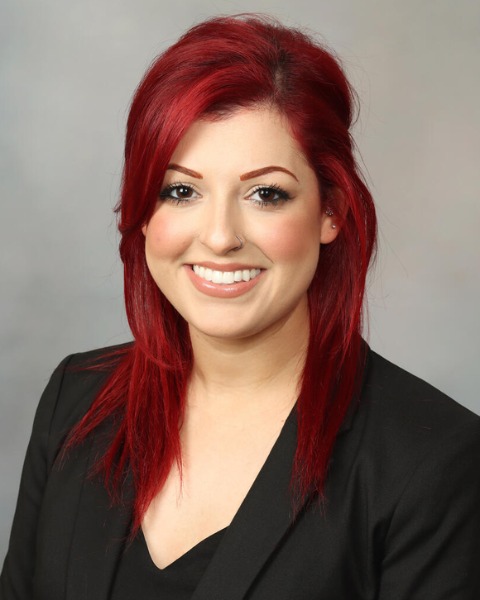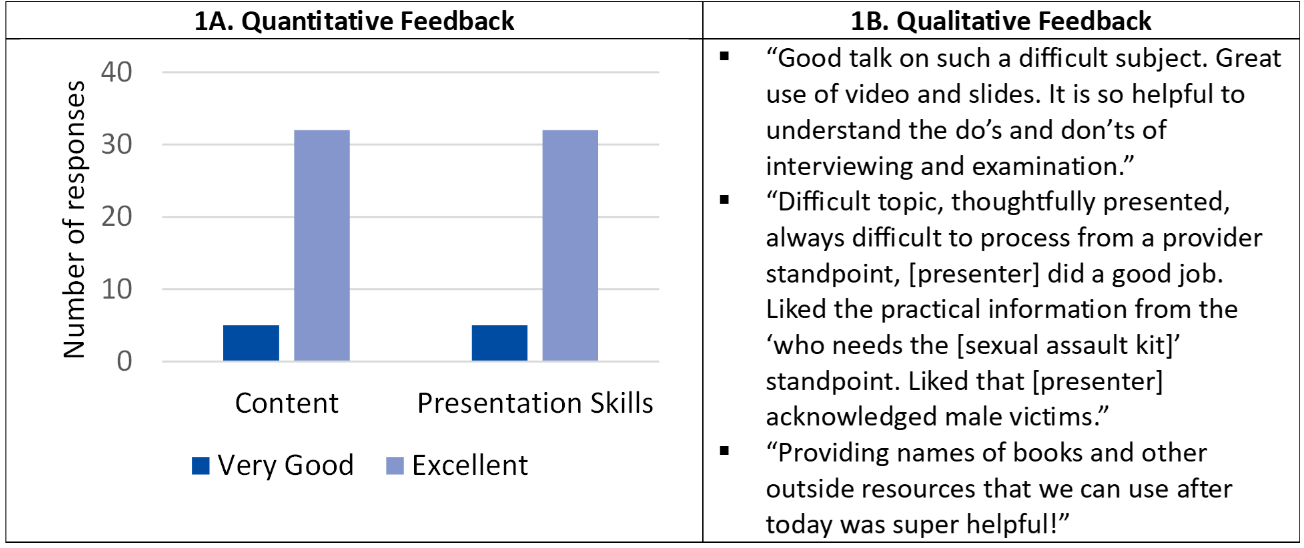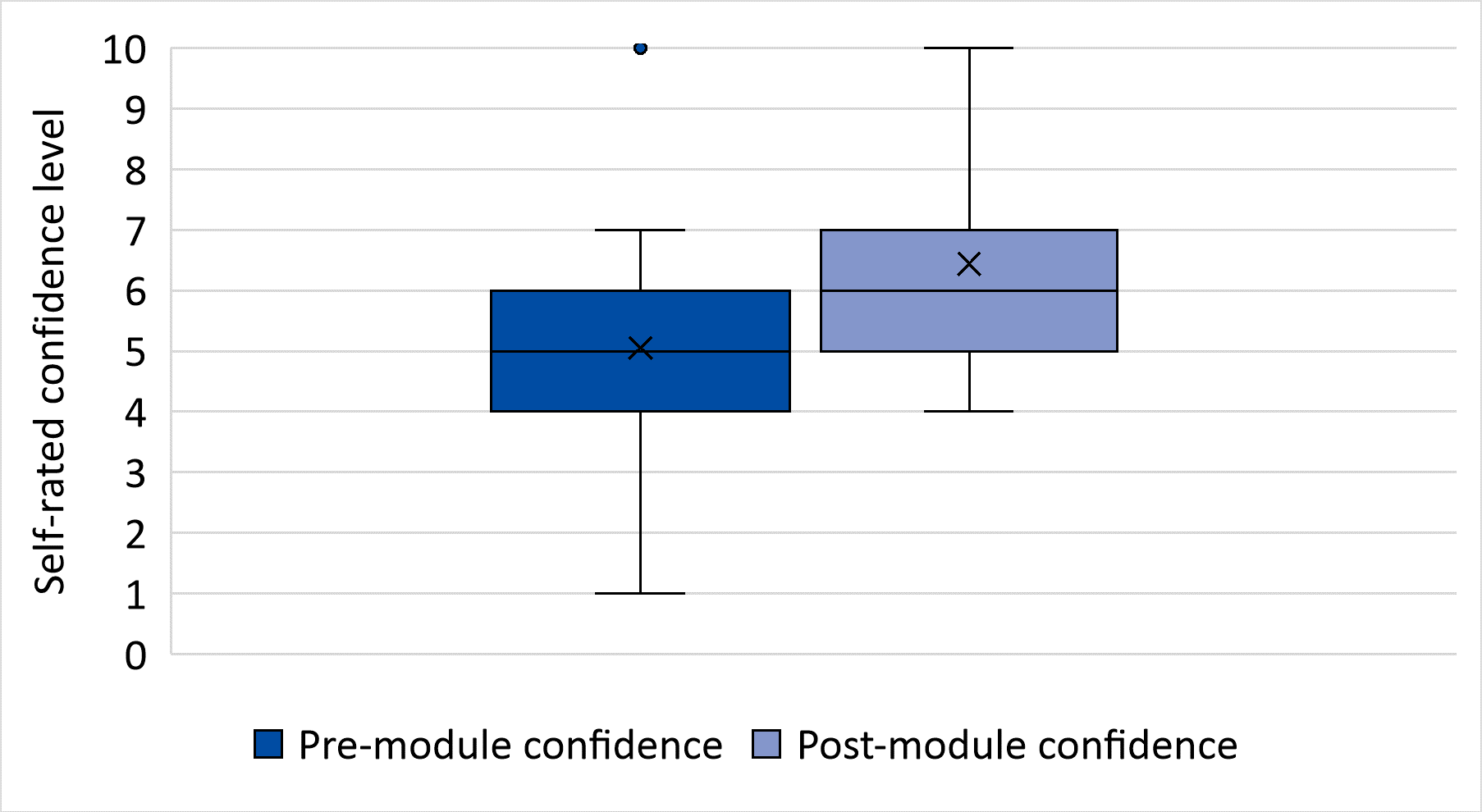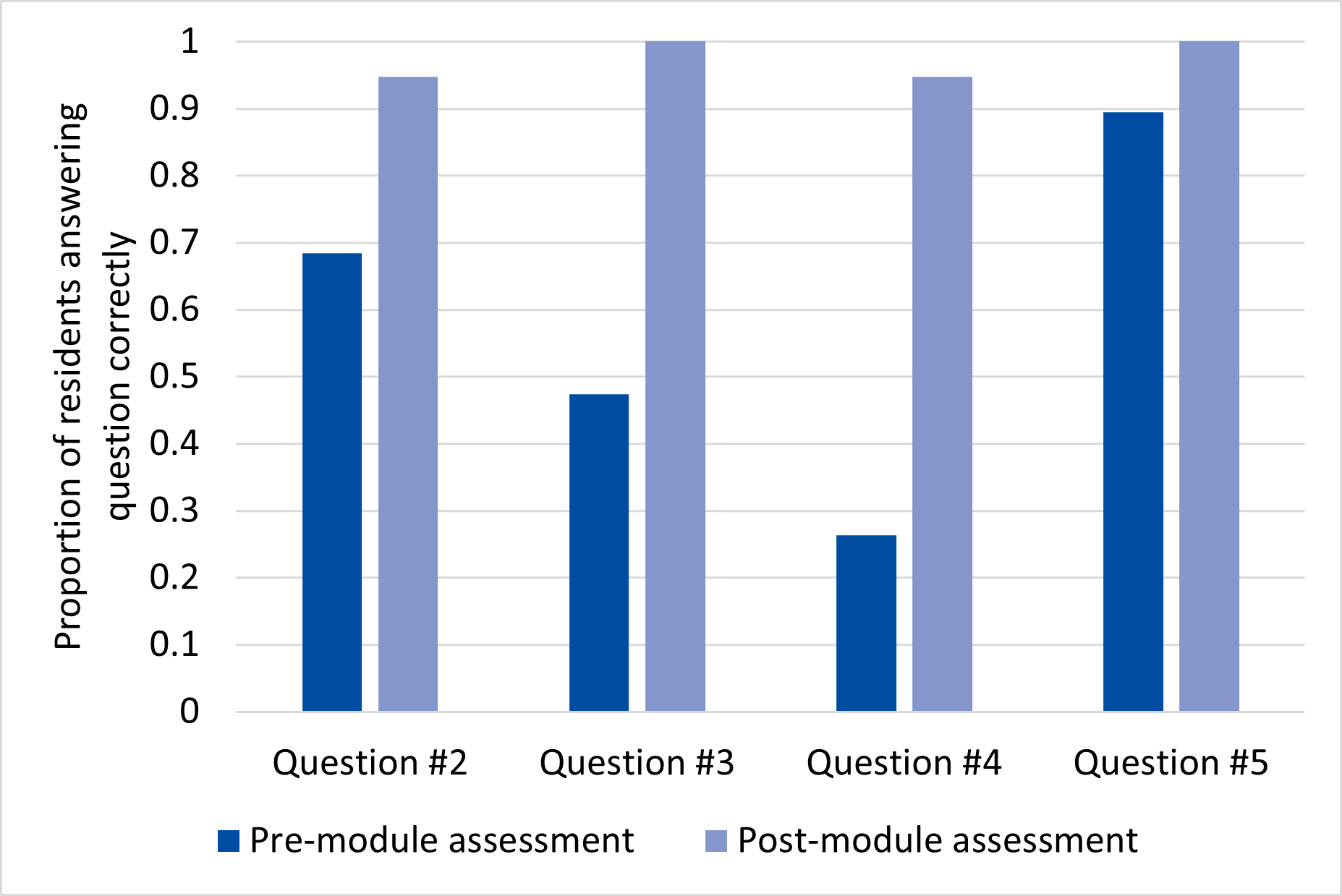Medical Education 2: Curricular innovations and assessment 2
Session: Medical Education 2: Curricular innovations and assessment 2
500 - Child Sexual Abuse Module with Pocket Tool in the Child Abuse Pediatrics Curriculum for Physicians (CAP-CuP)
Friday, April 25, 2025
5:30pm - 7:45pm HST
Publication Number: 500.4056
Maheen K. Bangash, Mayo Clinic Children's Center, Rochester, MN, United States; Caitlin E. Crumm, Seattle Children's, Seattle, WA, United States; Emily Brown, University of Washington School of Medicine, Seattle, WA, United States; Hillary Petska, Medical College of Wisconsin, Milwaukee, WI, United States; Lauren Frank, Children's Hospital of Wisconsin, Milwaukee, WI, United States; Lynn K. Sheets, The Medical College of Wisconsin, Milwaukee, WI, United States; Katie L. Johnson, Mayo Clinic Children's Center, Rochester, MN, United States

Maheen K. Bangash, MD (she/her/hers)
Resident
Mayo Clinic
Rochester, Minnesota, United States
Presenting Author(s)
Background: Despite the legal requirements of physicians in the United States to report cases of suspected abuse, residents and practicing physicians have minimal training in identifying and managing cases of child abuse. Notably, there is a need for accessible literature on teaching child sexual abuse to physicians given knowledge deficits and lower comfort levels in this important topic.
Objective: The objective of this module is to provide an up to date, interactive, and accessible teaching resource to clinicians in child sexual abuse.
Design/Methods: An interactive module on child sexual abuse was created as part of a core curriculum in child abuse pediatrics. Pilot-testing was completed with a variety of audiences, including pediatric practitioners at a continuing medical education (CME) conference. Attendees were asked to provide quantitative and qualitative feedback. The module was formally evaluated with an audience of family medicine residents using a five question pre- and postmodule assessment. After completion of the interactive module, participants were provided with an updated version of the “Sexual Abuse and Assault Pocket Tool” to solidify concepts in the clinical setting.
Results: Thirty-nine pediatric practitioners from the multidisciplinary audience at the CME conference pilot provided qualitative and quantitative feedback. Of these, 100% rated the content and presentation skills as “excellent” or “very good.” Qualitative feedback emphasized appreciation for the engaging, interactive presentation style and sensitive handling of a difficult topic. Nineteen family medicine residents participated in the formal evaluation with the pre- and postmodule assessment. The percentage of residents answering knowledge questions correctly increased for every question from the pre- to postmodule assessment, as follows: 68% to 95%, 47% to 100%, 26% to 95%, and 89% to 100%.
Conclusion(s): This accessible, interactive module about child sexual abuse was well-received by a multidisciplinary audience of pediatric practitioners and was associated with increased knowledge among family medicine residents. It fills an important gap in medical education and solidifies concepts through its pairing with an updated tangible clinical tool. The module, pocket tool, script, and technical guide are available upon written request sent to capkahootcurriculum@gmail.com.
Figure 1.
 Pilot test ratings of module by multidisciplinary pediatric audience at CME conference.
Pilot test ratings of module by multidisciplinary pediatric audience at CME conference.Figure 2.
 Box and whisker plot of residents' self-rated confidence level in responding to a concern for child sexual abuse in the pre- versus postmodule assessments.
Box and whisker plot of residents' self-rated confidence level in responding to a concern for child sexual abuse in the pre- versus postmodule assessments.Figure 3.
 Performance of residents on knowledge-based questions in pre- versus postmodule assessments.
Performance of residents on knowledge-based questions in pre- versus postmodule assessments.Figure 1.
 Pilot test ratings of module by multidisciplinary pediatric audience at CME conference.
Pilot test ratings of module by multidisciplinary pediatric audience at CME conference.Figure 2.
 Box and whisker plot of residents' self-rated confidence level in responding to a concern for child sexual abuse in the pre- versus postmodule assessments.
Box and whisker plot of residents' self-rated confidence level in responding to a concern for child sexual abuse in the pre- versus postmodule assessments.Figure 3.
 Performance of residents on knowledge-based questions in pre- versus postmodule assessments.
Performance of residents on knowledge-based questions in pre- versus postmodule assessments.
